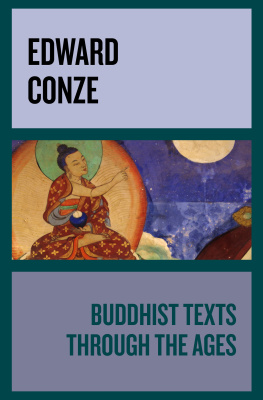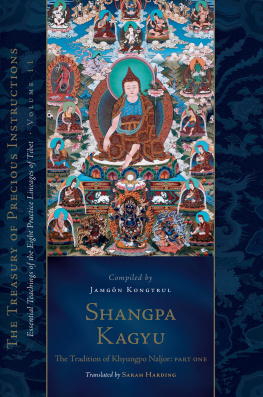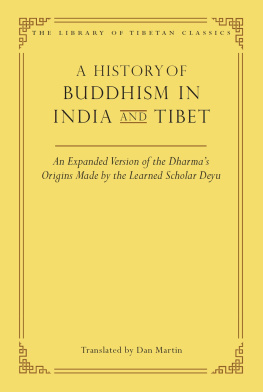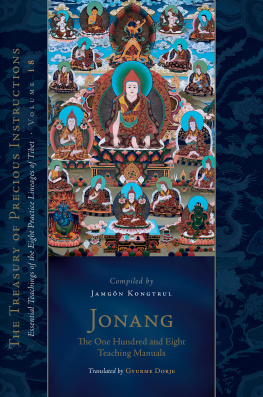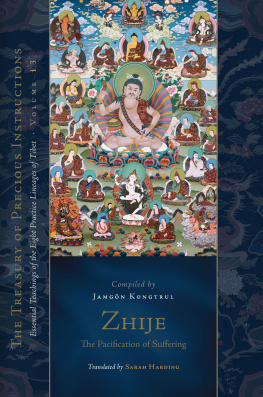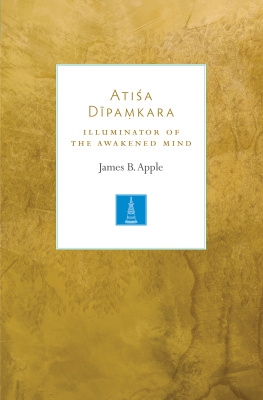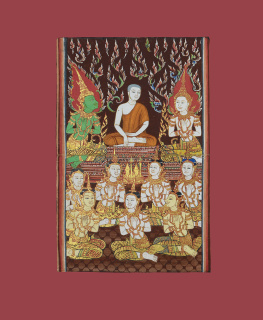First published in 2003 by
Kegan Paul Limited
This edition first published in 2009 by
Routledge
2 Park Square, Milton Park, Abingdon, Oxon, OX14 4RN
Simultaneously published in the USA and Canada
by Routledge
270 Madison Avenue, New York, NY 10016
Routledge is an imprint of the Taylor & Francis Group, an informa business
Kegan Paul, 2003
Transferred to Digital Printing 2009
All rights reserved. No part of this book may be reprinted or reproduced or utilised in any form or by any electronic, mechanical, or other means, now known or hereafter invented, including photocopying and recording, or in any information storage or retrieval system, without permission in writing from the publishers.
British Library Cataloguing in Publication Data
A catalogue record for this book is available from the British Library
ISBN 10: 0-7103-0948-1 (hbk)
ISBN 13: 978-0-7103-0948-8 (hbk)
Publishers Note
The publisher has gone to great lengths to ensure the quality of this reprint but points out that some imperfections in the original copies may be apparent. The publisher has made every effort to contact original copyright holders and would welcome correspondence from those they have been unable to trace.
PREFACE
BP
C. A. F. RHYS DAVIDS
T ILL the middle of the nineteenth century an Englishman or American of average education knew that there was, in mid-Asia, a country called Thibet (or Tibet). But that in Tibet there had been preserved and used for centuries a Biblean edited closed canon of scriptures, in two divisions, its contents held as authoritative in religious teachingthis he did not know. It belonged to the knowledge of the very few. Among these were two travellers, the one a Hungarian, the other a Russian (or Teuto-Russian), who sought and found copies of those scriptures. Alexis Csoma de Krs of Transylvania sought, from 1821 to 1842, in the monasteries of the southern and western borders of Tibet. Schilling de Canstadt of Russia sought, in and after 1830, in the monasteries of Mongolia. Csoma worked on his materials in India. Canstadts materials went to St. Petersburg, where they were reinforced, in 1850, by a copy of one of the two bodies of scriptures brought from China by a Russian mission. This division was what, with relative correctness, we call Kanjur, the other division being termed Tanjur. And it was from the Kanjur that the Russian (or Teuto-Russian), von Schiefner, an encyclopdic scholar, made translations into German. Among these were the Tibetan Studies, from which our late brilliant folklorist, Ralston, gave us the present translation.
Tibetan Tales first appeared, in 1882, in Triibners Oriental Series, two years after Rhys Davidss Buddhist Birth Stories . Two years later appeared, in the same series, the American Rockkills translation of passages from both Tanjur and Kanjur, entitled The Life of the Buddha . Much quiet work has been going on in the study before and after that decade, till at the present day many Indological scholars have a knowledge of Tibetan. But it was by the door of these two books that the English reader got on speaking terms with the vast dual Bible of Tibet.
The matter and the versions of the Tales have their roots far down in older soil than that of the time when the Kanjur was compiled. Ralston, in his Introduction, shows us to some extent how old, how mixed, how world-wide are these folk-lore sources. And now, forty-three years later, more light might be thrown by competent writers. When Ralston wrote, Fausbll had published only two of the six Pali volumes of the Buddhist Birth Stories . After the appearance of the third volume (1883), Richard Morris pointed out, in The Academy (1884, No. 642), many more Jtakas or Birth-stories reflected in the Tibetan Tales . Fausblls edition was completed four, nine, and thirteen years later, but the coincidences revealed in these volumes are relatively few. But our acquaintance with the Pali commentaries has also grown, and in them we find the possible original sources of three more Tibetan tales, to wit, Mahkasyapa and Bhadr, Utpalavarn, and the legendmixed like that of St. Georgeof Kis-Gotam.
Even so, there is still nearly one-half of the Tales for which no Indian origin is yet claimed. One or two may hail from India, but may have been rejected by the Buddhist canonical editors as too un- or im-moral, e.g . The Clever Thief. But it is not impossible that all of the Tales may yet be found in Buddhist literature, from whatever source, Indian or trans-Indian, they may have been annexed by that literature.
That they were therefore taken from the Pali recension of Scriptures and Commentaries which has come to Europe by way of Ceylon would be a bold assumption. Not less so is the assumption, echoed by Ralston (p. viii), that the Tibetan versions are merely translations from Sanskrit.
Morris adds: What at least is certain is thisthat the Pali Jataka stories are, for the most part, far more intelligible than the corresponding Tibetan versions. One of the instances he gives is that, in the story Incredulity Punished, monkeys boiled in barley meal is a medicine prescribed for sick elephants. This, in the Pali version ( Kapi-Jtaka , vol. iii. No. 404), is that monkey-fat is to be rubbed on them.
But it may be questioned whether the more intelligibly worded story is in every case the older one, nor does Morris say so. We may well believe that the Pali Vinaya is older than the Tibetan (the Dulva of the Kanjur). Yet, while in the former we are mystified by Gotamas first lay-convert, Yasa, removing his gilt slippers in approaching a monk, the Tibetan account makes him very sensibly take them off before wading through a river that lay between them (Rockhill, p. 38).
The Pali version has dropped out the intervening water, and becomes thereby the less intelligible of the two. And we know how Burmese recensions of Pali texts choose more intelligible renderings than the Sinhalese. The Burmese recensions are not the older.
Here, anyway, is a table of those among these Tibetan tales of which there are certainly older Indian versions brought a little nearer completeness:
| Tale | I. | Mandhtu Jtaka (vol. ii. No. 258). |
| II. | Kusa Jtaka (iv. No. 531). |
| III. | Gmai-Caa Jtaka (ii. No. 257). |
| IV. |




